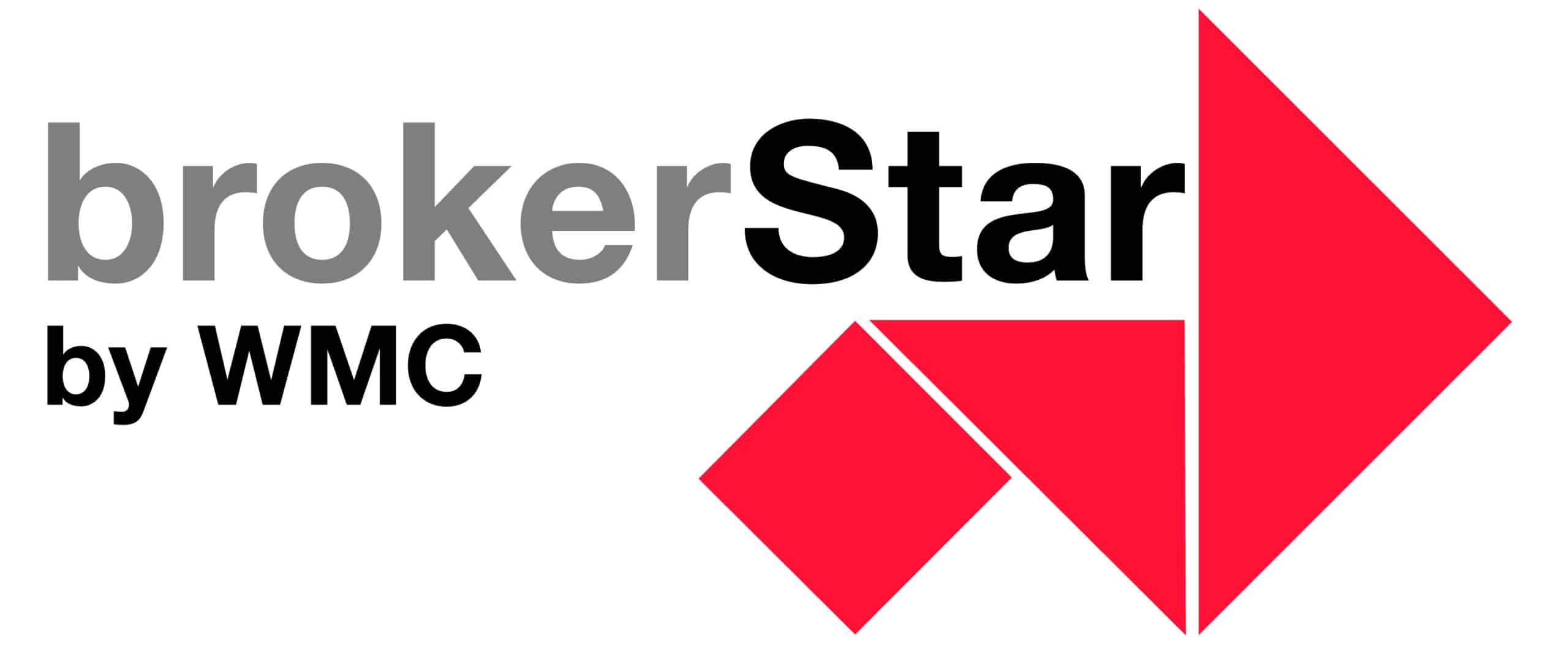Tech Hype or Solving Real Problems?
29 Januar, 2025 | Aktuell Blog Nicht kategorisiert
Generative AI. IoT. Machine learning. Digital twins. The Metaverse – are we solving real problems or falling in love with a Tech Hype? Every now and then, a new shiny tool promises to revolutionise industries—and insurance is no exception. As the buzz grows, so does the pressure to adopt the latest and greatest.
I have heard so many insurers speak about the power of GenAi and the budgets they spend implementing a fancy tool. However, I have yet to see a case that truly improves customer experience.
The question is: Are we really solving the problems that matter most to our customers, or are we just decorating the ivory tower with more buzzwords?
To set the record straight – I am obsessed with new technologies. I am curious as a kid in a candy store. GenAI is my best friend forever, and blockchain fascinates me as much as VR technologies for treating mental health.
But I learned to “hold my horses” and focus more on the problem and the customer than my endless curiosity for cool stuff. In the end, we are here to solve a customer problem, not to impress them with our tech prowess.
Buying Insurance: Simplify Everything and Meet Customers Where They Are
People are busy. Life is complicated enough. Insurance shouldn’t add to the stress.
Buying the right insurance should be as easy as buying coffee. If you have more complex needs, you have a proper “barista” to advise you. I have developed insurance products for years, but sometimes, I get lost in terms and conditions.
What about the average customer? No wonder they hesitate to engage or feel frustrated by the experience.
Speak in plain language, remove unnecessary steps, and design digital platforms that meet customers where they are—not where we think they should be.
Be obsessed with the problem, not the solution.
Some years ago, we had a project to optimise home insurance.
We conducted qualitative research in several Western and Eastern European countries, asking customers about their main concerns regarding their homes. Of course, we expected them to say they go to bed wondering what insurance coverage they could get.
None of them mentioned insurance. What a bummer!
However, something else emerged from those interviews: People in big cities were concerned about finding trusted craftsmen if something happened.
This gave us an idea: What if we create a simple way to access a craftsman platform with ratings and a quality guarantee? What about building a proposition starting from that problem, with insurance as one of the benefits?
Understand customers’ concerns, lifestyles, preferred channels, and actual needs rather than pushing them to buy a product. Insurance will never be sold as a “hype product” – because it is not.
The Eternal Fascination of Insurance Customer Portal
Every Sunday morning, I wake up brimming with excitement. Why? Because it’s time to dive into my insurer’s thrilling newsletter and explore the marvels of their cutting-edge portal. And the app—oh, the insurance app! It’s so captivating that I can hardly put it down!
Of course, I am joking. I have never heard of customers being “excited” by our newsletters. Portals and apps are only used if they offer solid value or are the only way to notify a claim (spoiler alert: that is a bad practice).
Instead of investing in technologies that drive consumers crazy when they forget their login credentials, focus on what matters.
Let me tell you a story: I once had a great idea to create WhatsApp and Facebook Messenger chatbots for customers to notify claims. We were trying to capture notifications as close as possible to the moment of the accident.
We almost flew to Facebook headquarters to discuss an intergalactic partnership. We were excited and energised – what a revolution! A few days later, we organised a customer test and asked them what apps they use the most. No surprise here – WhatsApp and Facebook Messenger.
I shared our brilliant idea, preparing to hear a round of applause from grateful customers. In my mind, I prepared an Oscar-winning speech: “Thank you, team! Thank you, mother! Thank you, God, for inspiration!”.
They exchanged confused glances, and then one broke the silence: “No, I wouldn’t use these apps to communicate with an insurer!”
In my mind, I thought, They don’t understand innovation. Maybe they didn’t. After all, Henry Ford didn’t build faster horses. And yet, we missed our chance to create the Western “WeChat.”
It was a humbling lesson, indeed.
Claims: The Ultimate Test of Customer Experience
Let’s talk about claims. This is the moment of truth for every customer. It’s the point where the promise of insurance is either fulfilled—or broken.
The priority isn’t just to process claims faster. It’s about seamlessly and quickly solving the customer’s problem and getting them back on track.
For example, we once studied motor claims in Western European markets. We found that cash settlements produced a 10-point lower NPS than repairing the vehicle, even when the payment was made quickly.
Why? Because the customer didn’t just want money—they wanted their car repaired fast. We focused on speed but forgot the most essential element: convenience for the customer.
Of course, there are cases when a fast payment is exactly what we should do, like travel delays or parametric insurance. By the way, we often break the magic of parametric insurance by using an old-fashioned bank transfer that will take two days to process. There are ways to pay instantly.
Speaking of convenience, I’ve seen companies invest in sophisticated tools, such as video-based damage estimations for motor claims. They failed.
Customers were supposed to take their car outside in perfect lighting, dance around it, have a great camera and indicate all scratches and dents. They were somehow not terribly excited. “What if I make a mistake? The insurance company might think I’m trying to commit fraud or pay me less than I need to repair my car,” they’d say.
The customers care little about your AI/ML, VR/AR advanced, unique, proprietary intergalactic and world-dominating technology. Solve their problem and show some empathy during the process. As simple as that.
Distribution: Direct Sales and Intermediaries
The insurance industry has long complained about its reliance on intermediaries. But let’s be honest: as long as customers are overwhelmed by the complexity of insurance, they’ll turn to someone they trust for guidance.
There are two paths forward – direct access to simple products and developing proper intermediary tools.
Want to sell more directly?
Create digital products that are easy to understand and truly solve customer problems. Stop selling products. Start selling solutions. For example, if your customer’s problem is protecting their family’s future, show how your product solves that.
I am amazed at how little insurers use social media. Yes, insurance is not the most attractive product to promote on Instagram. But what about some real customer stories? Be creative, check social media trends, and find the right angle of attack.
Empower intermediaries with better tools.
Instead of trying to replace intermediaries, help them excel. Develop tools that make selling faster and smarter, such as automated lead generation, planning tools, and social media marketing platforms. Bundle these into service centres of such quality that it’s a no-brainer for agents to use them.
Focus on value for your sales force, not just cost reduction. Don’t underestimate the power of human connection. For a customer making a lifelong commitment, the reassurance of a trusted human advisor can be irreplaceable.
Prevention: The Future of Insurance is Proactive
The best insurance is the one you never have to use.
Prevention isn’t just a buzzword—it’s the key to reducing claims, improving customer satisfaction, and ultimately building trust. Thanks to advancements in technology, insurers now have unprecedented opportunities to prevent risks before they happen.
For instance, IoT devices can monitor water pressure in pipes to detect anomalies and prevent costly bursts. Wearables and lifestyle advice can help customers lead healthier lives, reducing claims for critical illnesses. Continuous monitoring and granular data from Battery Energy Storage Systems (BESS) can detect potential malfunctions, preventing catastrophic failures before they happen.
These proactive solutions protect what matters to our customers and can save costs for the insurer. The insurer’s role transforms from being a safety net to a guide in their customers’ lives.
Building Trust: The Industry’s Greatest Challenge
Insurance has a trust problem, and let’s face it—it’s deserved.
Customers still associate insurers with hidden fine print, denied claims, and impersonal service.
Trust isn’t built on flashy tech but on actions that matter. The mystery might suit Sherlock Holmes, but insurance should be crystal clear—terms, conditions, and especially the claims process. Customers need to know what to do, whom to call, or which button to press.
Train your claims staff to show empathy. Yes, they see accidents every day, but this is likely a once-in-a-lifetime event for the customer. Insurance exists to protect people when they’re most vulnerable.
Technology can streamline processes, but it will never replace humanity.
And above all, deliver on your promises. Do what you said you’d do. Every. Single. Time.
From Hype to Impact
At its core, insurance isn’t about technology—it’s about people. Protecting them. Supporting them. Helping them bounce back when life doesn’t go as planned.
The tools we adopt should strengthen these relationships, not distract from them. So, the next time we find ourselves debating whether to invest in the latest trend, let’s ask the hard questions:
Does this simplify our customers’ lives? Does it help prevent the risk? Does it make insurance more accessible, understandable, or human? Does it build trust?
If the answer is no, maybe it’s time to focus on the basics—the real problems our industry was created to solve.
Mirela Dimofte
Read also: CES Las Vegas 2025: A look into the future, marking time or nothing new in the West?
Suche:
Sponsoren:





Kategorien
- Aktuell (1'209)
- Allgemein (302)
- Blog (45)
- Firmenporträts (27)
- Gastbeiträge (23)
- Interviews (187)
- Nicht kategorisiert (1)
- Podcasts (7)
- Termine (4)
- Video (10)